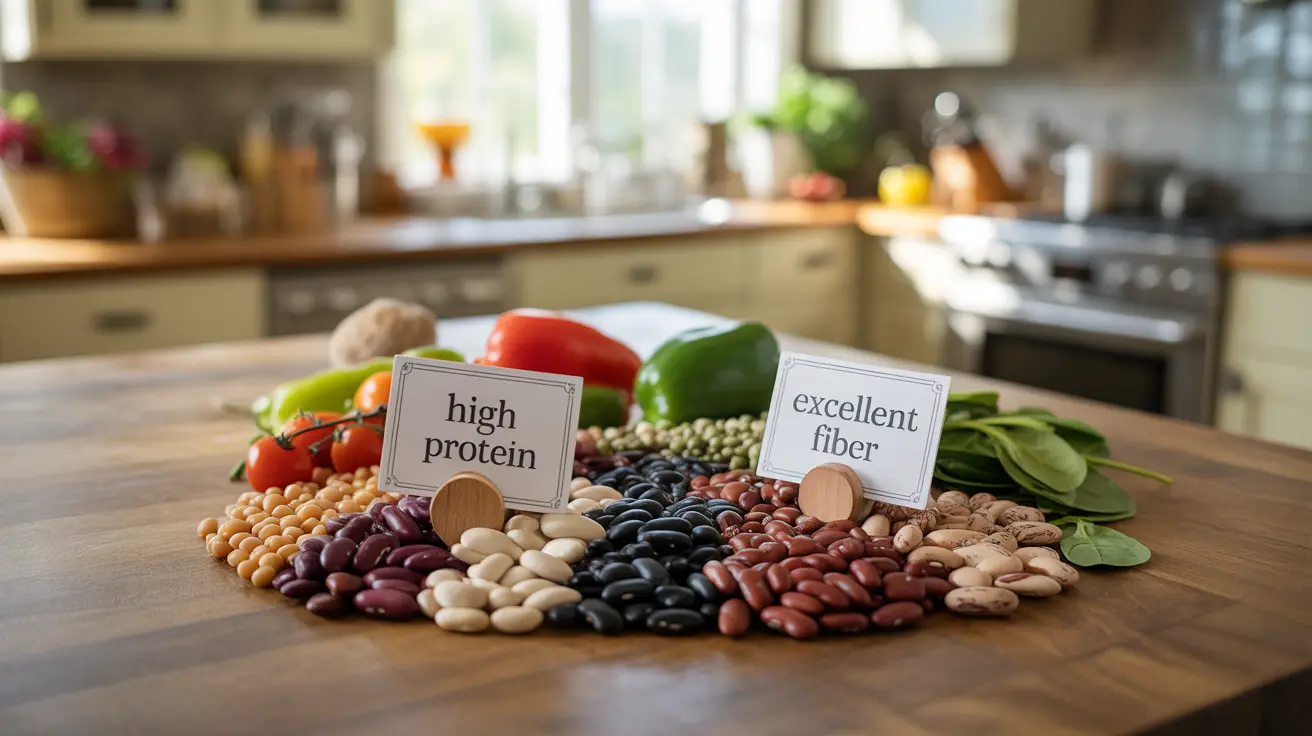Managing weight loss with type 1 diabetes requires a careful, balanced approach to maintain blood sugar stability while working toward health goals. For women with type 1 diabetes, successful weight management involves understanding how different factors like exercise, diet, and insulin dosing work together to affect both blood glucose levels and weight loss efforts.
This comprehensive guide will explore evidence-based strategies for safe weight loss while living with type 1 diabetes, with a particular focus on preventing dangerous blood sugar fluctuations throughout your journey.
Creating a Safe Weight Loss Plan
The foundation of successful weight loss for women with type 1 diabetes starts with developing a structured plan that accounts for both blood sugar management and calorie reduction. Working with your healthcare team is essential to create an individualized approach that considers your specific insulin needs, activity level, and weight loss goals.
Calculating Caloric Needs
Begin by determining your daily caloric needs with your healthcare provider. A modest reduction of 250-500 calories per day is typically recommended for safe, sustainable weight loss. This gradual approach helps prevent dramatic blood sugar fluctuations that could lead to dangerous hypoglycemic episodes.
Exercise Strategies for Blood Sugar Stability
Physical activity is crucial for weight loss, but it requires careful planning when you have type 1 diabetes. Start with low-impact activities and gradually increase intensity as you learn how your body responds.
Timing Your Workouts
Consider exercising when your blood sugar tends to be most stable, typically a few hours after a meal. Always check your blood glucose before, during, and after exercise to identify patterns and make necessary adjustments to your routine.
Nutrition Guidelines for Type 1 Diabetes Weight Loss
Focus on nutrient-dense foods that have minimal impact on blood sugar while supporting weight loss goals. This includes:
- Lean proteins (chicken, fish, tofu)
- Non-starchy vegetables
- Healthy fats (avocados, nuts, olive oil)
- Complex carbohydrates in measured portions
- High-fiber foods to help stabilize blood sugar
Meal Timing and Portion Control
Establish consistent meal times and portions to make insulin dosing more predictable. Consider using the plate method: fill half your plate with non-starchy vegetables, quarter with lean protein, and quarter with complex carbohydrates.
Insulin Management During Weight Loss
Working closely with your healthcare team is crucial when adjusting insulin doses during weight loss. As your body composition changes and you become more active, your insulin needs may decrease.
Monitoring and Adjusting
Keep detailed records of your blood sugar levels, insulin doses, food intake, and physical activity. This information helps identify patterns and make necessary adjustments to prevent hypoglycemia while supporting weight loss.
Frequently Asked Questions
What is the safest way for a woman with type 1 diabetes to lose weight without causing low blood sugar? The safest approach combines gradual calorie reduction, regular blood sugar monitoring, and close communication with your healthcare team. Start with a modest 250-500 calorie reduction and incorporate regular, planned physical activity while carefully tracking blood glucose responses.
How should insulin doses be adjusted when a female with type 1 diabetes starts exercising or eating fewer calories for weight loss? Insulin adjustments should be made gradually and under medical supervision. Generally, both basal and bolus insulin doses may need to be reduced to account for increased insulin sensitivity from exercise and lower caloric intake. Keep detailed records to help your healthcare team make appropriate adjustments.
What dietary changes work best for weight loss in women with type 1 diabetes? Focus on balanced meals with consistent carbohydrate portions, emphasizing lean proteins, non-starchy vegetables, and healthy fats. Measure portions carefully and maintain regular meal timing to help stabilize blood sugar levels while creating a modest calorie deficit.
How can women with type 1 diabetes prevent hypoglycemia while trying to lose weight? Monitor blood sugar frequently, especially before, during, and after exercise. Keep fast-acting carbohydrates readily available, and consider reducing insulin doses according to your healthcare team's guidance. Pay attention to timing of meals and exercise to maintain stable blood sugar levels.
When should a woman with type 1 diabetes consult her healthcare team about weight loss and insulin management? Consult your healthcare team before starting any weight loss program, when making significant changes to diet or exercise routines, if experiencing frequent hypoglycemia, or if blood sugar patterns change notably. Regular check-ins during your weight loss journey are essential for safety and success.




